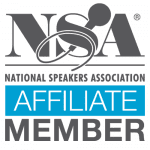It’s Monday afternoon, and that means it’s time for your weekly infusion of publicity-centric content courtesy of your resident (and favorite) PR/PR blogger. The caffeine is flowing and we’re going to discuss a fixture of the public relations business: press releases. I seem to receive questions fairly often about crafting a successful press release; what are the requirements and guidelines, and what strategies are utilized to secure success? Well, pull up a chair get ready to take in some PR 101 in this week’s blog.
The object of a press release is to generate attention and buzz about a specific topic, be it your speaking career or new happenings at your company. The end-objective is to establish you as an expert and go-to source and have your thoughts and ideas printed across a variety of media. Now that we’ve gotten the obligatory definition out of the way, let’s get into a few of the dos and don’ts of press release writing.
Do: Seek Out Newsworthy Topics to Assert Your Expertise
As I’ve mentioned before when discussing blog-writing, many times a topic you can align yourself with may not be immediately obvious. Releases that yield results will involve a trending tie-in to your area of proficiency, but does not need to directly parallel your focus. This is a common stumbling block when discussing release themes, as it may be difficult to wrap your head around how a story applies to you. Take a leadership expert, for example. We could design a release that revolves around the Olympics and the inherent responsibility of being a representative for your country. Press releases with these angles garner the greatest results.
Don’t: Self-Promote
An all-too common mistake when drafting a release is coming across as too advertorial. The quickest way to lose an editor’s interest is to self-promote rather than pitch your expertise. The object of a press release is to pique someone’s interest in you, and have them pick up the phone. Harping on your list of accomplishments will appear self-serving. The symbiotic relationship that exists between editor and public relations agent is a tricky one; create curiosity as to how you can benefit a story, and the phone will ring.
Do: Provide a Bulleted List of Other Know-How
Towards the end of your release, always highlight separate topics you can speak on. While your initial media-hook may not produce results, by outlining other areas of knowledge you increase the probability that an editor pencils your name down for a future story.
Don’t: Forget Your Audience
With any writing, it is imperative that you are mindful of who you are addressing. A business editor from the New York Times will not be receptive to the same press release you’d send over to a lifestyle editor at the Sacramento Bee. Customize your releases to reflect those who will be reading them or risk PR purgatory. Language and word-choice are of utmost importance to catch an editor or reporter’s attention.
So there’s your lesson for the day. Writing effective releases is a learned skill, but by taking these dos and don’ts into account, it will allow you to overcome some of the hurdles that come with public relations territory.
-Carter Breazeale
PR/PR Public Relations






Leave a Reply